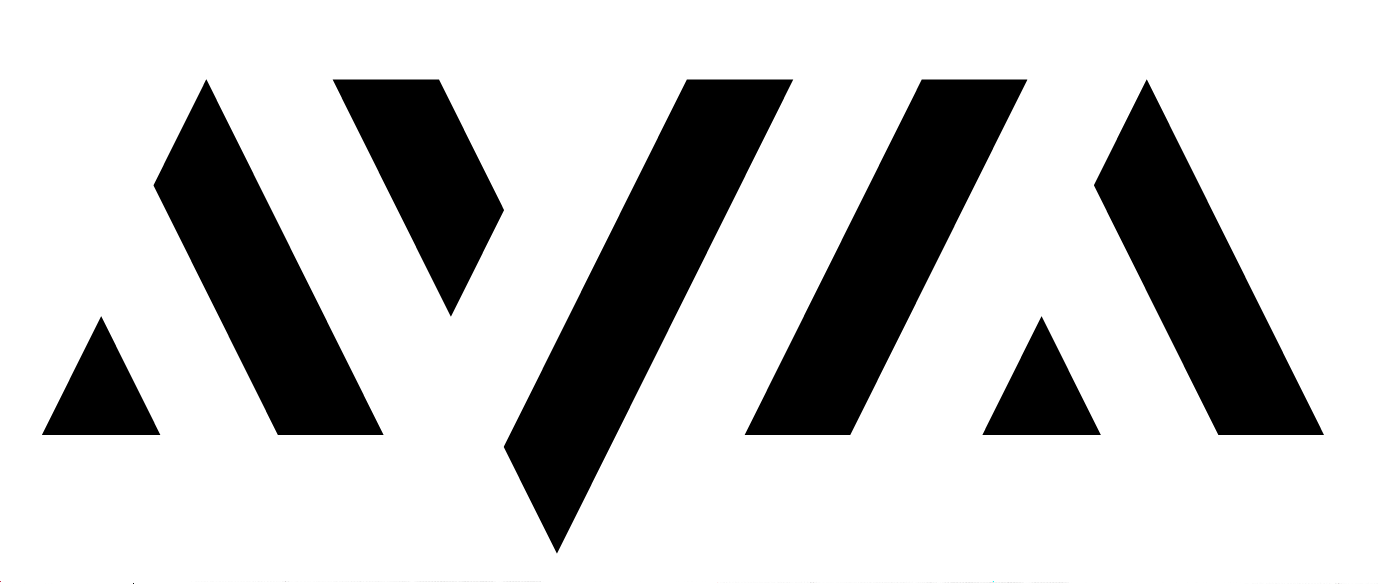What does a graphic designer for film and television need in their kit?
Instead of setting you up with a computer and other tools of the trade like a corporate employer would, film productions expect you to bring along your own arsenal when they hire you. In exchange, they pay you what's called a “kit fee,” “kit rental,” or “box rental” — a daily or weekly rate (on top of your wages) that covers the use of your tools for the production.
So what does a graphic designer for film and TV have in their kit? The below is a list of tools I’ve found useful after starting a kit from square one.
---
Paper
- A wide array of printer papers; various colours (usually no whiter than off-white), weights (about 30gsm-300gsm), sizes, textures, and finishes
- Photo papers; various finishes (usually no glossier than satin/semigloss)
- Adhesive papers; various finishes
- Envelopes; various colours and sizes
- If you want to be really put together — a hinge ring of your paper samples, labeled so you can easily re-order them
Cutting
- Scissors
- Specialty edge tools: pinking shears, scrapbooking scissors, perforation rotary cutters, etc.
- Cutting mat
- Craft knife
- Extra blades for your craft knife
- Heavy duty box cutter
- Guillotine paper cutter
- Hole punchers; various sizes
Fastening
- Adhesive spray
- Tapes: magic, double sided, masking, kraft, packing, etc.
- Glues: glue sticks, PVA glue, hot glue, etc.
- Fasteners: staples, paper clips, binder clips, string, etc.
- Long reach stapler
Finishing
- Bone folder
- Matte spray
- Ageing mediums: Dirty Down, tea bags, potassium permanganate, etc.
- Spray/misting bottles
- Hair dryer
- Vinyl squeegee
- Adhesive remover and methylated spirits
- Acetone
- Hardware tools: multi-tool, screwdrivers, needle-nose pliers, etc.
- Document folios and plastic bags; various sizes
Drawing
- Pens and inks: ballpoint, fountain, brush, dip, etc. in various colours
- Pencils; various hardnesses
- Permanent markers
- Paints: acrylic, watercolour
- Paintbrushes
- Coloured drawing tools: pencils, markers, crayons, etc.
Tech
- Desktop or laptop computer & accessories
- Adobe Creative Suite subscription
- Add-ons like plug-ins, actions, brush packs, etc.
- Microsoft Excel, or an equivalent like Google Sheets that can import and export Excel files
- Fonts (some productions will give you a font library to use, others will limit you to Adobe and Google fonts, others won’t care as long as your fonts are legally obtained)
- Font management software
- Dropbox and/or Google Drive storage subscriptions
- Printers: laser for ease, inkjet for an uncoated look, large format if you fear nothing and no one. All should be able to print at least an A3.
- Extra printer ink cartridges
- Drawing tablet
- High res scanner
- Laminator
- USB drives
- USB to USB-C converter
- External hard drives
- Cricut, Silhouette, or other die cutter machine
- Lightbox
Miscellaneous
- Metal rulers: meter/yardstick size, 30cm/1ft size
- Tape measures: self-retracting style, tailor style
- Pantone colour matching book
- Reference resources like books and vintage ephemera
---
At first glance this may seem like a long list, but don’t be intimidated. And do not, I repeat, 🙅🏻♀️ do NOT 🙅🏻♀️ go out and buy it all before your first production! Start with only the barest essentials and rudimentary tools. The rest you'll collect slowly over the years.
And don’t worry too much about the cost either, for three reasons:
For one, many of the above supplies are “consumables,” meaning anything that can get used up (papers, ink cartridges, craft knife blades, etc). Consumable costs are usually covered by the production company via "petty cash" — you make the purchase and then the production reimburses you for it. Therefore those items won’t technically be part of your kit rental, but I’ve included them in this list because they’re essential tools of the trade and it doesn't hurt to have them on hand.
Secondly, even if an item isn’t technically a consumable, it can often become a petty cash expense if the project at hand requires it. So there’s no need to worry if you don't have XYZ specialised tool — just wait for the need to come up and purchase it then. It will belong to the production company, but you’ll get to try it out and see how you like it. And sometimes when shooting ends, you might have the chance to take it home or buy it at a good discount.
Thirdly, pretty much any item on this list will count as a deductible business expense, which can save you a few extra dollars on your taxes. Just remember to record your purchases and file your receipts.
Finally, there’s no one-size-fits-all kit. Your individual needs will depend on what kind of productions you’re on; graphic artists working in a medieval setting, a midcentury setting, and a modern setting will all use very different supplies! But I hope you’ve found this information helpful as a starting point, and graphics people, shoot me a message if you think I’ve left anything out.
Happy designing!
